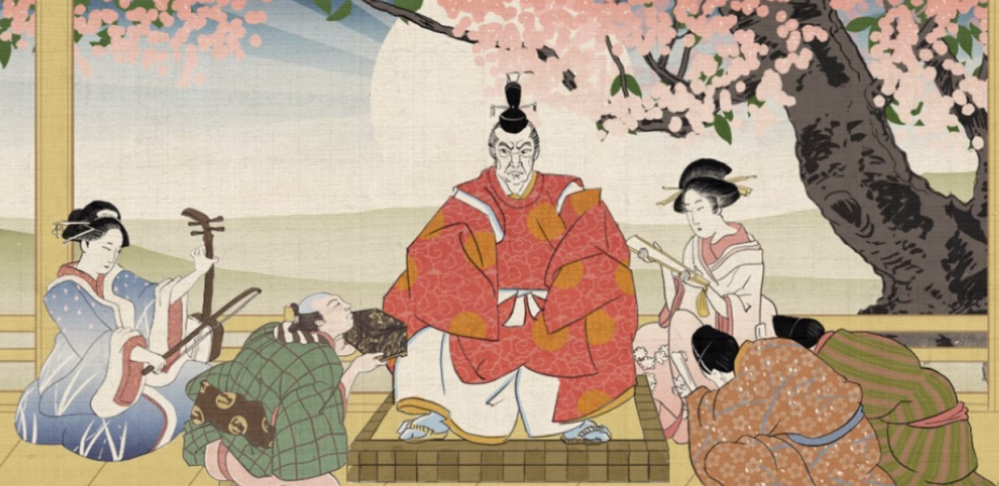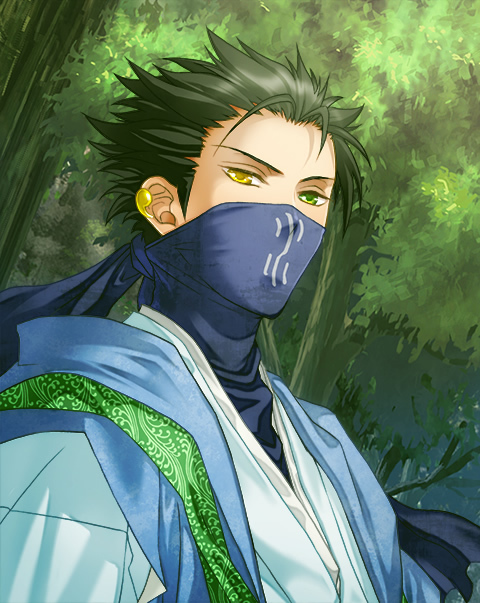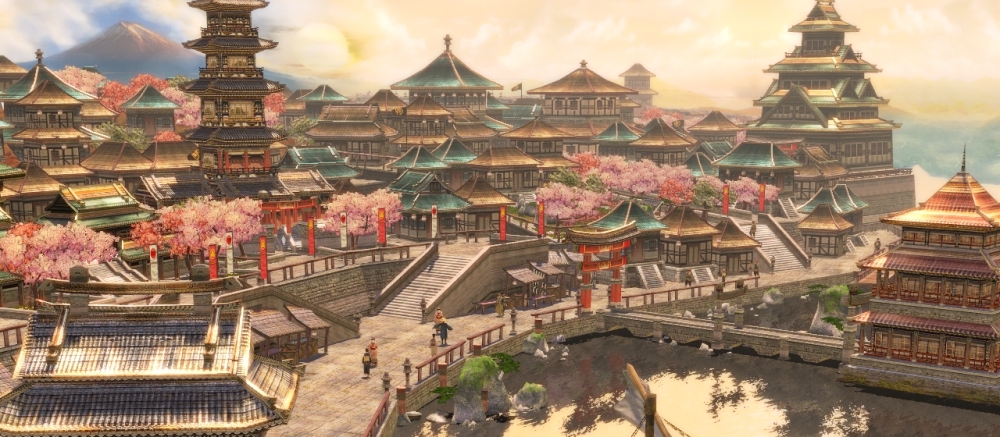Historical movies and books have always fascinated me. Reading Greek mythologies, Victorian novels and classic Indian tales about Tamil Kings Chera, Chola and Pandyas gave me a thrill that no drug ever could. They take me to a place, beyond my wildest imagination. There is nothing I don’t like about them – their way of living, food they ate, clothes they wore (if they wore one), language, arts and culture and not to mention forbidden romance.
It does not matter if it is fiction or nonfiction, I could immerse in the history because they show you how people in a different era lived. How was the country you are living in a centuries ago? What did they wear, eat and talk about? These works answer at least few of these questions..
I remember being so absorbed in a five-part tamil novel Ponniyin Selvan written by Kalki that I forgot to sleep and eat. The story was unbelievably fast and interesting. But apart from that Kalki through his book took me to ancient Chola kingdom, where I lived practically for four days when I was reading the book. While the story is fiction, information about Chola kings, feud between Chola and Pandya kingdom and Chola period temple architecture were factual. In his another novel Sivagamiyin Sabatham, he talk about Pallava kings and their architecture, famous sculptures in Mahabalipuram was the doing of Pallava king, Narasimha Varman.
When you are reading historical fiction, you will realise that it is more than a reading story. You get your dose of history every page your turn. It inculcates the interest in actually going to the place, where the history unfolded all those years ago.
Historical Japanese comics (manga) are not the exception. When I began reading few historical manga, I unconsciously learnt about Japanese history, timeline and how the modern Japan we see today came to be. Japan has always been under the rule of Imperial line, who were considered descendants of gods. The theme is repeated in most manga where they are the sons of Sun god and you could say they were god incarnates in eyes of people. So whatever they say is absolute. Kyoto remained the capital, well until late Meiji era when Tokyo emerged as the capital of modern Japan.
Classic era

Japan’s timeline can be divided into classical, medieval, early modern, modern and contemporary by chronological order. Classical era has three period – Asuka, Nara and Heian. I could not find a lot of works about Asuka and Nara period. But Heian era has some and the most popular one is The Tale of Genji. As I was reading the Japanese classic written by the court lady Murasaki Shikibu, I got a glimpse into the life of imperial court. This was the period when the growth of art, literature and poetry was at its peak. In the novel you will note that a person’s aptitude and his standing is judged based on how good a poetry is. May be to our knowledge it is how incomprehensible they are.
Kings and queens celebrated beauty and spent a lot of time enjoying them through festivals and picnics. In short it was an era that was dedicated to enjoy finer things in life. Art, poetry and literature thrived giving rise to world class literature and art in the world. But at the same time you could say nobles in their pursuit of finer things in life ignored power struggles and lost sight of what they should do. The oversight caused the imperial family to lose its power and put power in the hands of military factions consisting of samurais and private soldiers. These powerful factions caused rebellion in Japan and resulted in the decline of imperial rule.
Medieval Japan

Soon after Heian period, Japan was ruled by one of the military factions. Though there have not been much manga written based on medieval Japan, this was the time when the much famed feudal rule began to rear its head. It probably led to formation of Warring States in Japan that spanned over decades till it was put to an end by Meiji Restoration. Feudal lords like Date Masamune, who I came across in a short shoujo manga, ruled the Warring States.
The most notable things that happened during this period was probably the role of samurai and shinobi aka ninja. Samurai became the most powerful during this period and commanded respect. Shinobi were often employed by these feudal lords to assassinate and collect information as there are always people hungry for power. Manga that were based on medieval Japan were InuYasha and Tsuki no shippo. While InuYasha was more about dealing with the supernatural, Tsuki no shippo revolved around life of ninja and their community.
Shinobi had strict code of honour, which is to stay and die for whom they work for. If they fail in the mission or get caught, they were trained to kill themselves at a very young age lest the information they gather leak out to enemies.
Rise of Oda Nobunaga, one of the powerful feudal lords, was during Momoyama period. He was instrumental in unifying Japan. He was scary and was not very forgiving when it comes to mistakes. Nobunaga no Chef, a manga based on a chef who cooks for Nobunaga, gives insight into life of the powerful feudal lord and life of people during Warring States period.
Early modern and modern Japan

Edo period signifies the start of an new era that had just began to embrace modernity. Tokugawa shogunate had entire control over Japan. Though it was largely peaceful, the period was characterised by growing social unrest against Tokugawa shogunate and need for restoring imperial rule. This led to the battle of bakumatsu and era of Meiji restoration.
As given clearly in the manga Rurouni Kenshin, the power struggle was between shogunate faction consisting of the powerful shinsengumi that supported feudal rule and Ishin shishi that wanted to restore Imperial rule. By the end of Edo and beginning of Meiji, shogunate faction was crushed and Japan came under Imperial rule. Swords were replaced by guns and there was restriction on samurai to carry swords,which was once a sign of pride to them. Though some of them were given prestigious post in the new Government, many were pushed to destitution. They began to slowly disappear from this period on.
As the country began to adapt newer techniques and technologies, it gained the ground it lost and caught up with its western counterparts. Years that followed would see Japan as the country that bet all its odds – be it the damage it took during World War II, famous Fukushima Daiichi nuclear disaster and ever present danger of earthquakes and volcano eruptions – to become one of developed nations in the world.
Reading manga set in different era helped me understand a little about Japanese landscape and its inhabitants be it courtesans during Heian period, the powerful Oda Nobunaga and Meiji restoration that helped Japan to reach the place it occupies today. Despite the difference in ages, what comes through reading manga was their attitude towards retaining their indigenous culture, reluctance in accepting anything foreign and hardworking nature. This has not changed even today. That is probably what sets Japan apart from the rest.
I cannot believe you used a picture of the game Age Of Empires smh…
LikeLike
I don’t think so. May be all these animated pictures look similar to our eyes?
LikeLike